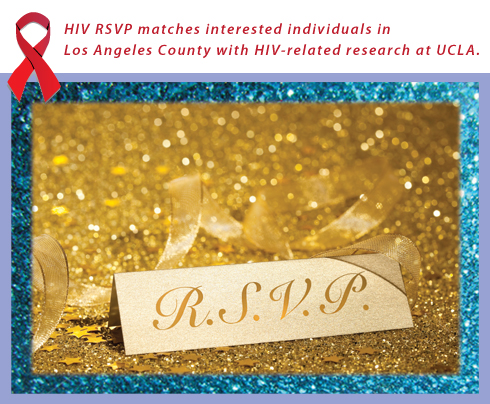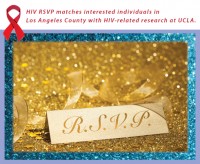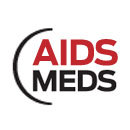 By Michael Carter as seen on AIDSmap.com
By Michael Carter as seen on AIDSmap.com
People with HIV reduce their overall risk of tuberculosis (TB) by starting antiretroviral therapy, an international team of investigators report in the online edition of Clinical Infectious Diseases. Despite this, the risk of the disease increased in the first three months of HIV treatment, especially for older people and those with a low CD4 cell count. For severely immunosuppressed people, the risk of TB remained increased in the longer term.
“Physicians should be aware of the potentially increased risk of developing tuberculosis after cART [combination antiretroviral therapy] initiation,” comment the investigators.
The study was conducted because of uncertainty about the level of protection which starting HIV therapy provides against TB.
The immune restoration which accompanies the initiation of antiretroviral treatment should offer protection against the infection. However, it can also be associated with a short-term risk of what is called immune reconstitution inflammatory syndrome (IRIS). This could be because of the paradoxical worsening of previously treated TB, or the ‘unmasking’ of sub-clinical disease. The risk of IRIS is greatest during the first three months of HIV therapy.
Investigators from Europe and the US therefore designed a study involving approximately 65,000 people who received HIV care between 1996 and 2007. All these participants were antiretroviral naive at baseline. The overall risk of TB was compared between individuals who started HIV therapy and those who did not. The risk of the disease was also calculated according to the time since HIV therapy was started and also according to risk factors such as CD4 cell count and age.
During a median of 28 months of follow-up, a total of 712 patients were diagnosed with TB. This provided an overall incidence of three cases per 100 person-years.
Overall, starting HIV therapy was associated with a substantial reduction in the risk of TB (HR = 0.56; 95% CI, 0.44-0.72), leading the investigators to comment: “This study shows a reduction of 44% in tuberculosis incidence among HIV-positive individuals who start cART in high income countries.”
However, incidence of TB differed according to a number of HIV-related and demographic characteristics.
It was highest among people with a CD4 cell count below 50 cells/mm3 (8.4 cases per 100 person-years) and lowest for those with a CD4 cell count above 500 cells/mm3 (2.1 cases per 100 person-years). This difference is explained by the much higher numerical incidence of TB at lower CD4 cell counts.
Incidence also differed according to HIV risk group. It was lowest among gay and other men who have sex with men (one case per 100 person-years), and highest in people who originated from sub-Saharan Africa (7.7 cases per 100 person-years).This difference is explained by the population burden of latent TB infection and by higher infection rates in sub-Saharan Africa.
Incidence of the infection was lower in younger people compared to older people (under 35 = 2.4 cases per 100 person-years vs over 50 = 4.8 cases per 100 person-years), due in part to a lower duration of potential exposure to TB among younger people,
“Impaired immunological responses to M. tuberculosis in people starting cART at very low CD4 cell counts and those above 50 years of age warrant further investigation,” comment the investigators.
Despite the overall reduction in the risk of TB associated with HIV therapy, the investigators found that people starting treatment actually had an increased risk of the disease during the first three months of treatment compared to those who remained antiretroviral naive (HR = 1.36; 95% CI, 0.98-1.89).
HIV therapy lasting longer than three months was associated with a 56% reduction in the risk of TB (HR = 0.44; 95% CI, 0.34-0.58).
“The epidemiological pattern suggests that unmasking IRIS may be playing a role,” write the authors.
But even after three months of therapy, people with a CD4 cell count below 50 cells/mm3 were still more likely to develop TB than those who had not started antiretroviral treatment (HR = 1.02; 95% CI, 0.44-2.36).
“These patients remain in a state of relevant immunodeficiency in spite of cART for longer periods and are therefore at higher risk of reactivating latent tuberculosis beyond 3 months after starting cART,” suggest the investigators. “Further follow-up of these cohorts will show whether the risk of tuberculosis does eventually drop with longer exposure to cART.”
The role of IRIS in TB risk was further suggested by the overall reduction in the incidence and risk of PCP (Pneumocystis jirovecii pneumonia) that accompanied the initiation of antiretroviral treatment in both the short and long term.
The authors conclude: “For cART to be useful in tuberculosis control, prompt HIV infection testing is needed so cART can be started when clinically indicated rather than at advanced immunodeficiency. Diagnosis and treatment of M. tuberculosis infection, as national and international guidelines recommend, should be reinforced. Even in countries with low tuberculosis transmission, intensified case finding remains essential.”
Reference
The HIV-CAUSAL Collaboration Impact of antiretroviral therapy on tuberculosis incidence among HIV-positive patients in high-income countries. Clin Infect Dis, online edition. DOI: 10.1093/cid/cis203, 2012.(Click here for the free abstract.)






 By Michael Carter as seen on
By Michael Carter as seen on 

